Text

Super excited for Unbuild Walls: Why Immigrant Justice Needs Abolition by Silky Shah (2024).
In the wake of post-9/11 xenophobia, Obama’s record-level deportations, Trump’s immigration policies, and the 2020 uprisings for racial justice, the US remains entrenched in a circular discourse regarding migrant justice. As organizer Silky Shah argues in Unbuild Walls, we must move beyond building nicer cages or advocating for comprehensive immigration reform. Our only hope for creating a liberated society for all, she insists, is abolition.
Unbuild Walls dives into US immigration policy and its relationship to mass incarceration, from the last forty years up to the present, showing how the prison-industrial complex and immigration enforcement are intertwined systems of repression. Incorporating historical and legal analyses, Shah’s personal experience as an organizer, as well as stories of people, campaigns, organizations, and localities that have resisted detention and deportation, Shah assesses the movement’s strategies, challenges, successes, and shortcomings. Featuring a foreword by Amna A. Akbar, Unbuild Walls is an expansive and radical intervention, bridging the gaps between movements for immigrant rights, racial justice, and prison abolition.
Also a 2022 reading list from Verso Books on the changing role of borders and how we consider freedom of movement, globalization, and humanitarian crises across the world.
1 note
·
View note
Text
Climate comics anthology 10 Years to Save the World
0 notes
Text
Cartoonists for Palestine
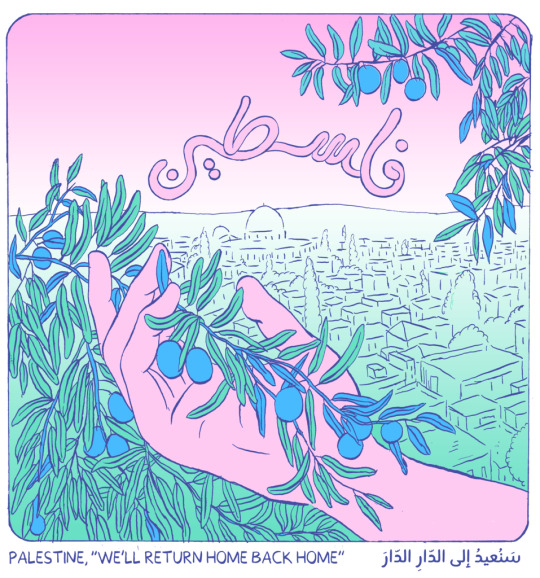
Image source: Palestine, We’ll Return Home by Joseph Kai
Cartoonists for Palestine
cartoonistsforpalestine.org
“While we are under no illusion that art can stop bombs from falling on children or tanks from rolling through city streets, we believe there is an urgent value to any community we can bring together in reaction to this bleak moment. In the face of calamity, artists still have a role to play and are inspired by the examples of our history—from those who used art to reckon with the death camps of the Holocaust in Europe to those who employed art to fight against Apartheid in South Africa, and more.
“Their legacy to us is a message: do not stand still or stay silent.”
Cartoonists for Palestine seeks work that reflects a personal response to what’s happening in Gaza at this moment and what has happened in occupied Palestine since 1948.
2 notes
·
View notes
Text
downside: going to have to include a picture of the Giza pyramids in the slides for the lecture
upside: i get to give people a crash course in why perspective matters in two frames, because

followed by
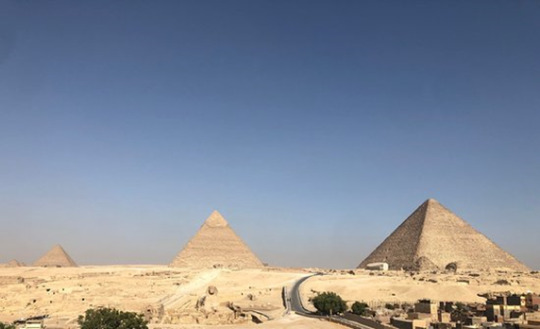
is such a funny sequence
174K notes
·
View notes
Text
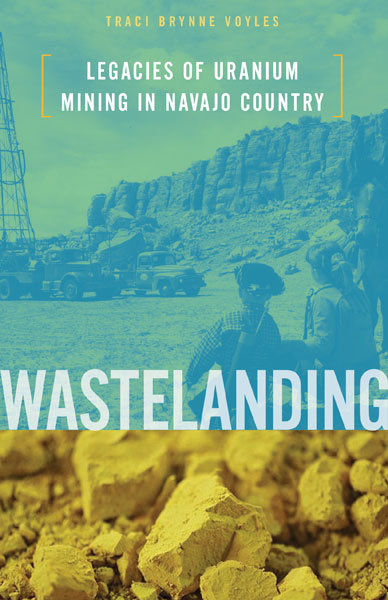
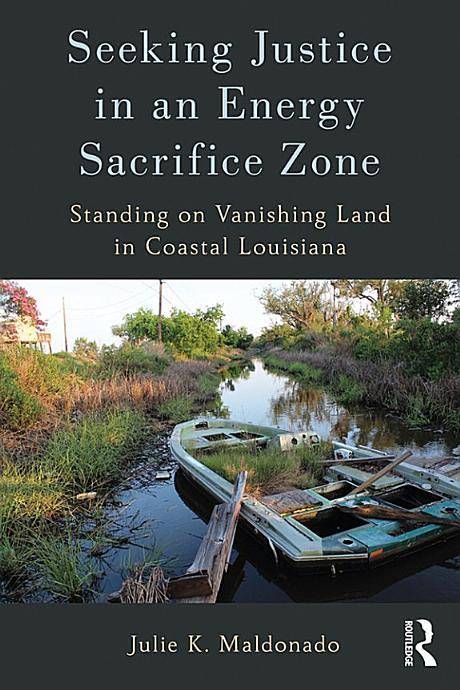
Seeking Justice in an Energy Sacrifice Zone: Standing on Vanishing Land in Coastal Louisiana
Julie K. Maldonado (2018)
Seeking Justice in an Energy Sacrifice Zone is an ethnography of the lived experience of rapid environmental change in coastal Louisiana, USA. Writing from a political ecology perspective, Maldonado explores the effects of changes to localized climate and ecology on the Isle de Jean Charles, Grand Caillou/Dulac, and Pointe-au-Chien Indian Tribes. Focusing in particular on wide-ranging displacement effects, she argues that changes to climate and ecology should not be viewed in isolation as only physical processes but as part of wider socio-political and historical contexts.
Wastelanding: Legacies of Uranium Mining in Navajo Country
Traci Brynne Voyles (2015)
What is “wasteland,” and who gets to decide?
In Wastelanding Traci Brynne Voyles tells the history of the uranium industry on Navajo land in the U.S. Southwest, asks why certain landscapes and the peoples who inhabit them come to be targeted for disproportionate exposure to environmental harm, and argues that the presence of uranium mining on Diné (Navajo) land constitutes a clear case of environmental racism.
1 note
·
View note
Text

@NiaoCollective quote retweet from Feb 18, 2024. "This takes more effort than actually getting a durian, surely." Original tweet @KhaosodEnglish shows a pomelo decorated with hundreds of sunflower seeds to mimic the look of a durian.
0 notes
Text
youtube
‘Kihamba’ – Chaga home gardens on the slopes of Mount Kilimanjaro
United Nations Food & Agriculture Organization (FAO):
Globally Important Agricultural Heritage Systems are landscapes of aesthetic beauty that combine agricultural biodiversity, resilient ecosystems and cultural heritage. GIAHS recognizes the Kihambas of Mt. Kilimanjaro as unique agricultural sites, a nature-based solution that protects biodiversity and ensures food security in a changing climate. In the video we meet some of the farmers who have lived on the land for generations, protecting the environment while growing enough food to feed their families and to sell.
0 notes
Text
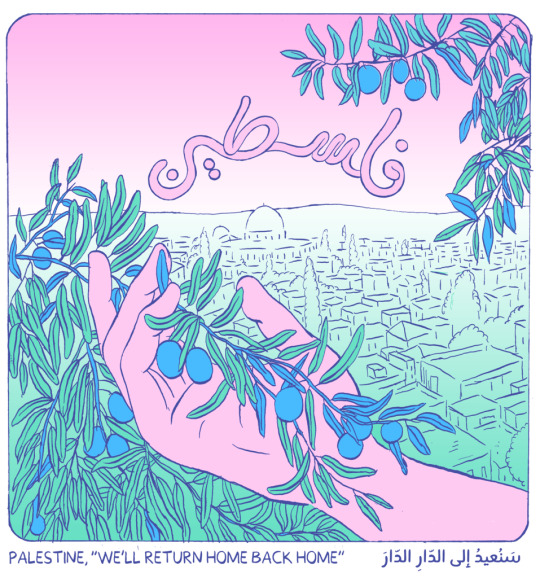
Cartoonists for Palestine | "We'll Return Home" by Joseph Kai
“While we are under no illusion that art can stop bombs from falling on children or tanks from rolling through city streets, we believe there is an urgent value to any community we can bring together in reaction to this bleak moment. In the face of calamity, artists still have a role to play and are inspired by the examples of our history—from those who used art to reckon with the death camps of the Holocaust in Europe to those who employed art to fight against Apartheid in South Africa, and more.
“Their legacy to us is a message: do not stand still or stay silent.”
Cartoonists for Palestine seeks work that reflects a personal response to what’s happening in Gaza at this moment and what has happened in occupied Palestine since 1948. (via)
5 notes
·
View notes
Text
logistical workarounds to a political issue: Israeli policies blocking aid to Gaza. As Avril Benoît, the US executive director of Doctors Without Borders, has explained, “The US plan for a temporary pier in Gaza to increase the flow of humanitarian aid is a glaring distraction from the real problem: Israel’s indiscriminate and disproportionate military campaign and punishing siege.” Since October 7th, Israel has restricted aid to Gaza to a trickle, with February seeing an average of only 96 trucks per day entering the enclave, a far cry from the 500-600 that used to enter daily. Israel has also made it harder for aid organizations to purchase items, arbitrarily restricted the entrance of goods and movement of trucks, and attacked aid convoys, all of which has contributed to a reality in which 576,000 people—more than a quarter of Gaza’s population—are living on the brink of starvation. This is not because of a lack of available food. The UN’s World Food Programme has said there is enough food waiting outside Gaza to feed “the entire population,” and aerial photos from late February showed 2,000 trucks of aid sitting on the other side of the Egypt–Gaza border, awaiting entry.
2 notes
·
View notes
Text
symposium at the Law and Political Economy project includes Veena Dubal's "<a href="https://lpeproject.org/blog/the-house-always-wins-the-algorithmic-gamblification-of-work/">The House Always Wins: The Algorithmic Gamblification of Work</a>," Sarrah Kassem looks at Amazon's platform ecosystem, https://lpeproject.org/blog/surveillance-and-resistance-in-amazons-growing-platform-ecosystem/
0 notes
Text
climate emotions
https://podcasts.apple.com/us/podcast/existential-loneliness-the-climate-crisis-and/id1478935628?i=1000552748241
How to Love a Burning World (2021)
By Jennifer Atkinson
0 notes
Text
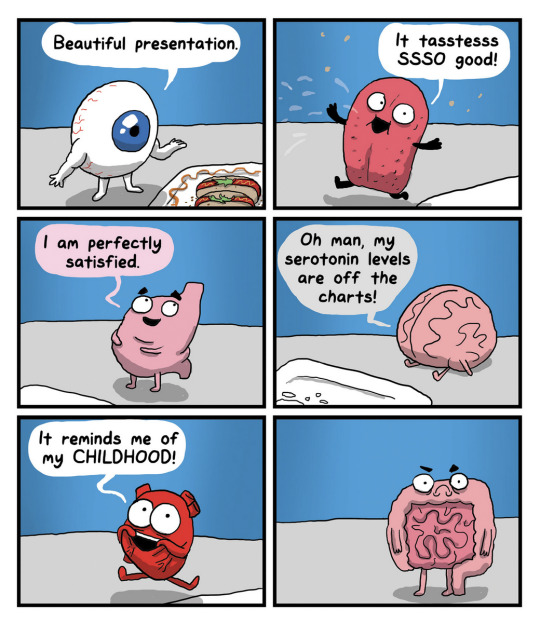
The Awkward Yeti's Heart and Brain comics. In order of appearance: Eye, Tongue, Stomach, Brain, Heart and featuring the irritable Bowels.

3K notes
·
View notes
Text
ecological harms in palestine
Feminist Bird Club and Birds of Gaza have been holding virtual and emotional spaces for grief and collective action.
Gaza's Trees Disappear, Showing a Humanitarian Crisis (March 2024, Belling Cat):
Satellite imagery from March 9, when compared with imagery from October 15, shows that the area within this corridor has been heavily deforested with more than roughly 4,300 acres of land cleared of trees and other plant life.
On February 29, the Union of Gaza Strip Municipalities issued a statement saying that Gaza Strip communities had not received fuel deliveries since October, a fact that was causing a cascading effect across all sectors of society and leading to “great suffering.” These acute fuel shortages have led civilians to cut down trees in order to start fires for cooking or warmth. In a food security report from December 2023, the World Food Programme stated that 70 percent of internally displaced people (IDPs) in southern Gaza burn firewood for fuel and 13 percent waste products.
Bellingcat’s analysis of satellite imagery from Gaza, conducted with our partners at Scripps News, shows clear signs of the mass removal of trees which intensified in the winter months. These areas include cemeteries, parks and a university campus.
Importantly, satellite imagery shows that the Israel Defense Forces (IDF) have removed significant numbers of trees for stated military purposes, though more often in orchards and farmland. These cases can often be distinguished by the presence of vehicle tracks; the relative absence of vehicle tracks when done by Palestinian civilians is a tell-tale sign of the fuel shortages which drive them to such desperate measures.
Israel’s Campaign Against Palestinian Olive Trees (March 2023, Yale Review of International Studies)
Remarkably, olive trees contribute to 14% of Palestine’s economy.1 Since agriculture is the foundation of Palestinian exports, the production of these goods provides the population with the sustenance and support it needs. Family-owned farms carry the responsibility for cultivating the trees and pressing the thousands of olives yearly for exportation. With the already high unemployment rate, it’s crucial to maintain these farms as they are the primary source of income for about 800,000 Palestinian families.2 Beyond the monetary value, olive trees have become symbolic of Palestinians attachment to their land. The trees are drought resistant and grow under harsh conditions. Many olive trees date to centuries prior to the Israeli occupation
...
In August 2021 alone, more than 9,000 have been removed, and on February 9th2020, 50 olive trees were forcefully uprooted and destroyed in the occupied West Bank region of Salfit.4 These unprecedented attacks are mainly due to the ongoing expansion of settlements in the West Bank, which are encroaching on the livelihood of Palestinian families.
Birders of the West Bank PS Standard (Aug 2018):
https://psmag.com/environment/birders-of-the-west-bank
2 notes
·
View notes
Text
Israeli Aid Policies Drive Starvation
March 12, 2024 at Jewish Currents: US initiatives to airdrop and ship aid to Gaza are logistical workarounds to a political problem.
As Avril Benoît, the US executive director of Doctors Without Borders, has explained, “The US plan for a temporary pier in Gaza to increase the flow of humanitarian aid is a glaring distraction from the real problem: Israel’s indiscriminate and disproportionate military campaign and punishing siege.” Since October 7th, Israel has restricted aid to Gaza to a trickle, with February seeing an average of only 96 trucks per day entering the enclave, a far cry from the 500-600 that used to enter daily. Israel has also made it harder for aid organizations to purchase items, arbitrarily restricted the entrance of goods and movement of trucks, and attacked aid convoys, all of which has contributed to a reality in which 576,000 people—more than a quarter of Gaza’s population—are living on the brink of starvation. This is not because of a lack of available food. The UN’s World Food Programme has said there is enough food waiting outside Gaza to feed “the entire population,” and aerial photos from late February showed 2,000 trucks of aid sitting on the other side of the Egypt–Gaza border, awaiting entry.
1 note
·
View note